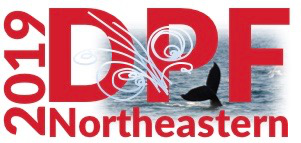Speaker
Description
The characterization of the properties of the Higgs boson relies on the precise determination of its mass, width, and couplings. The electromagnetic calorimeter (ECAL) of the Compact Muon Solenoid Experiment (CMS) at the Large Hadron Collider (LHC) plays a crucial role in such a task: maintaining and improving the excellent performance achieved in Run 1 is fundamental for measurements in the highest-resolution channels H->gamma gamma and H->ZZ->4 leptons. The energy reconstruction algorithms and clustering techniques, developed to maintain the excellent performance of the CMS ECAL throughout Run 2, are presented. The high-luminosity phase of the LHC (HL-LHC) is expected to deliver an integrated luminosity of up to 3000 fb^{-1}. The large number of events expected will allow even more precise measurements of the Higgs boson properties, given that the expected overall statistical, experimental, and theoretical uncertainties are comparable in size. However, the very high instantaneous luminosity will lead to about 200 overlapping proton-proton collisions per bunch crossing ("pileup"). To cope with this extremely challenging experimental environment, an upgrade of the ECAL is foreseen. With the upgrade, ECAL will provide a timing precision of about 30 ps that will guarantee substantially improved pileup mitigation and event reconstruction. The improvements to CMS physics analyses provided by this upgrade, as well as prospects for Higgs self-coupling measurements and HH production at the HL-LHC, are presented.
